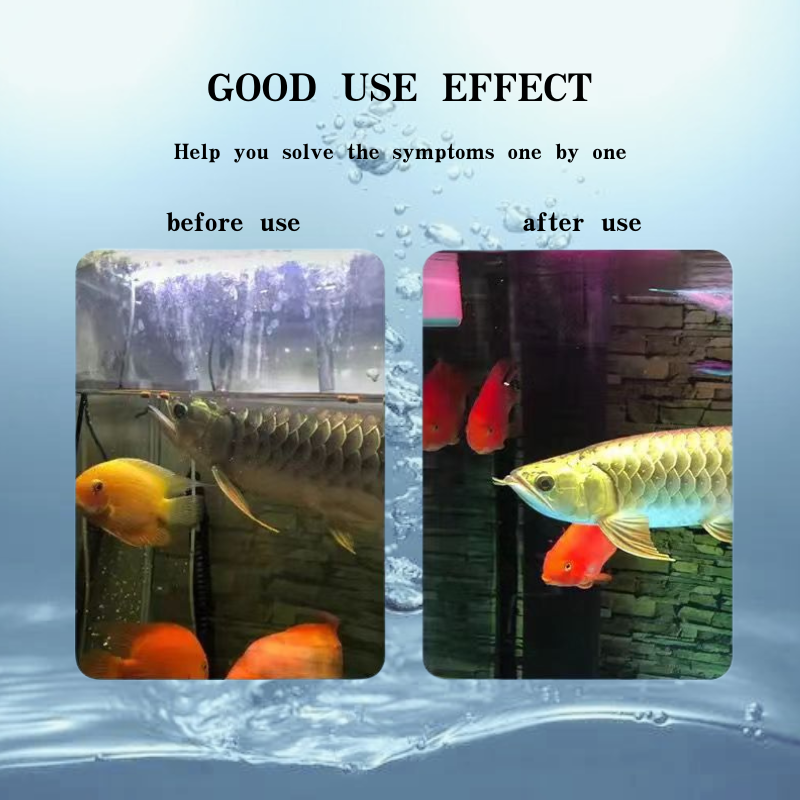
Exploring the Latest Trends in China's Cosmetic Pigment Industry and Innovations
The Vibrant World of China’s Cosmetic Pigments
Cosmetic pigments play a pivotal role in the beauty industry, providing the vibrant hues that enhance skin tones, accentuate facial features, and create stunning makeup effects. In recent years, China has emerged as a significant player in the global cosmetic pigment market, leveraging its rich natural resources and advanced manufacturing capabilities. This article delves into the intricacies of cosmetic pigments in China, exploring their types, applications, and the industry’s future.
Types of Cosmetic Pigments
China's cosmetic pigment industry is diverse, encompassing a wide range of materials
. The primary types of pigments used in cosmetics can be classified into organic and inorganic pigments.Organic Pigments These are carbon-based compounds that offer a wide spectrum of colors. Organic pigments are valued for their bright shades and transparency, making them ideal for products like lipsticks and blushes. They are derived from both natural sources, such as minerals and plants, as well as synthetic processes.
Inorganic Pigments These are typically derived from metal oxides and offer excellent opacity and stability. Common inorganic pigments used in cosmetics include titanium dioxide, which provides whiteness and opacity, and iron oxides, which come in various shades—red, yellow, and black. These pigments are usually favored for foundations and eye makeup due to their durability and less likelihood of causing allergic reactions.
Applications in Cosmetics
china cosmetic pigment

The application of pigments in cosmetics is extensive. From makeup products like foundations, eyeshadows, and lipsticks to skincare items such as creams and sunscreens, pigments are integral to achieving the desired aesthetic effects. For example, innovative formulations are being developed in the Chinese market to enhance skin adherence and color payoff while maintaining a lightweight feel.
Furthermore, there is a growing demand for natural and organic pigments as consumers become increasingly aware of the ingredients in their beauty products. Chinese manufacturers are responding to this trend by developing eco-friendly cosmetic pigments derived from natural sources, aligning with global sustainability goals and consumer preferences.
The Industry’s Future
As China continues to expand its influence in the global cosmetic pigment market, the industry faces both opportunities and challenges. The rising demand for artisanal and high-quality cosmetic products, particularly in emerging markets, presents a lucrative opportunity for growth. Manufacturers are investing in research and development to innovate more sustainable and skin-friendly pigments that meet the changing regulations and consumer expectations.
Additionally, the rise of e-commerce and online beauty platforms has transformed how cosmetics reach consumers, making it essential for companies to adapt their marketing strategies and product formulations to thrive in this digital age. Collaborations with local influencers and beauty experts can boost brand visibility and credibility in a competitive marketplace.
Conclusion
The cosmetic pigment industry in China is a dynamic and evolving sector that is integral to the beauty industry. With its diverse range of organic and inorganic pigments, China is poised to be a leader in providing high-quality, vibrant colors for cosmetics. As the market shifts towards sustainability and natural ingredients, Chinese manufacturers are at the forefront of innovation, shaping the future of beauty products. In the coming years, we can expect to see further advancements in cosmetic pigments that prioritize both aesthetic appeal and consumer health, ensuring that beauty remains both vibrant and safe for everyone.
Share
-
Premium Pigment Supplier Custom Solutions & Bulk OrdersNewsMay.30,2025
-
Top China Slag Fly Ash Manufacturer OEM Factory SolutionsNewsMay.30,2025
-
Natural Lava Rock & Pumice for Landscaping Durable Volcanic SolutionsNewsMay.30,2025
-
Custom Micro Silica Fume Powder Manufacturers High-Purity SolutionsNewsMay.29,2025
-
Custom Mica Powder Pigment Manufacturers Vibrant Colors & Bulk OrdersNewsMay.29,2025
-
Custom Micro Silica Fume Powder Manufacturers Premium QualityNewsMay.29,2025






